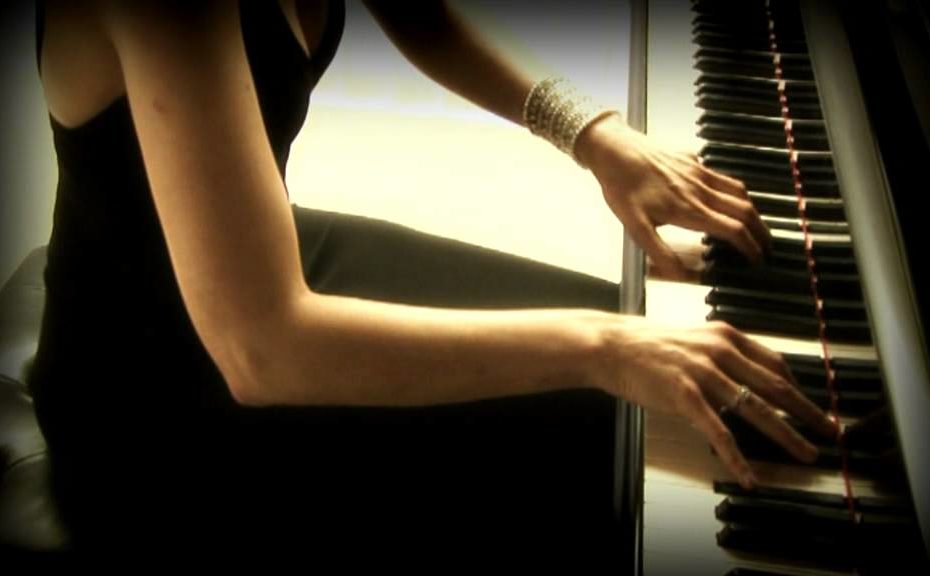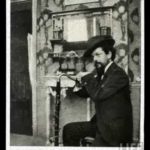Oh so French, oh so impressionistic. Side read but ok.
Born Achille-Claude Debussy in 1862 to a family of peasants and shopkeepers, his education was spotty until he was discovered by Madame Maute, an associate of Chopin, and admitted to the Paris Conservatory in 1873 where he excelled in piano and accompaniment but not harmony since he refused to follow the rules.
An emotional child, he may have had a chip on his shoulder due to his odd looks; he had a large head and protruding forehead.
When Nadezha von Meck, a former patroness of Tchaikovsky, hired Debussy to teach her children piano, Claude traveled with them throughout Europe and became familiar with the great Russian composers such as Borodin and Mussorgsky.
Debussy became friends with other artists who embraced “symbolism” a movement in the arts at the end of the 19th century that emphasized feeling over fact and a spiritual approach, experienced through dreams, and even hypnotism and the use of drugs.
Debussy created an original system of harmonies and musical structures to represent these ideals.
Critically praised as a composer for the piano, the majority of Claude Debussy’s piano works were written after he had already become famous for Prélude à l’après-midi d’un faune, his Nocturnes and his opera Pelléas et Mélisande.
Apparently, Debussy was not particularly proud of Reverie since, when he signed a lifetime contract with Durand & Cie in 1905, he requested that they not reprint it, but his wish was ignored.
Debussy alter ego, Monsieur Croche, was created to allow him to question the nature of art and music in a series of imaginary conversations. Unfortunately, Debussy’s life was cut short by colon cancer and he died in 1918.




